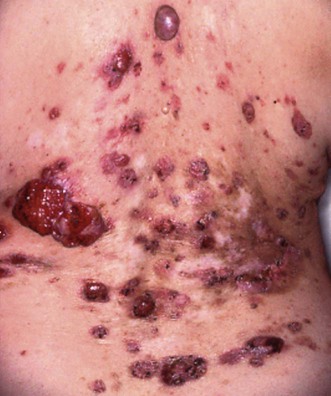Nevoid basal cell carcinoma syndrome

Specific investigations
First-line therapies

Nevoid basal cell carcinoma syndrome

Specific investigations
First-line therapies
